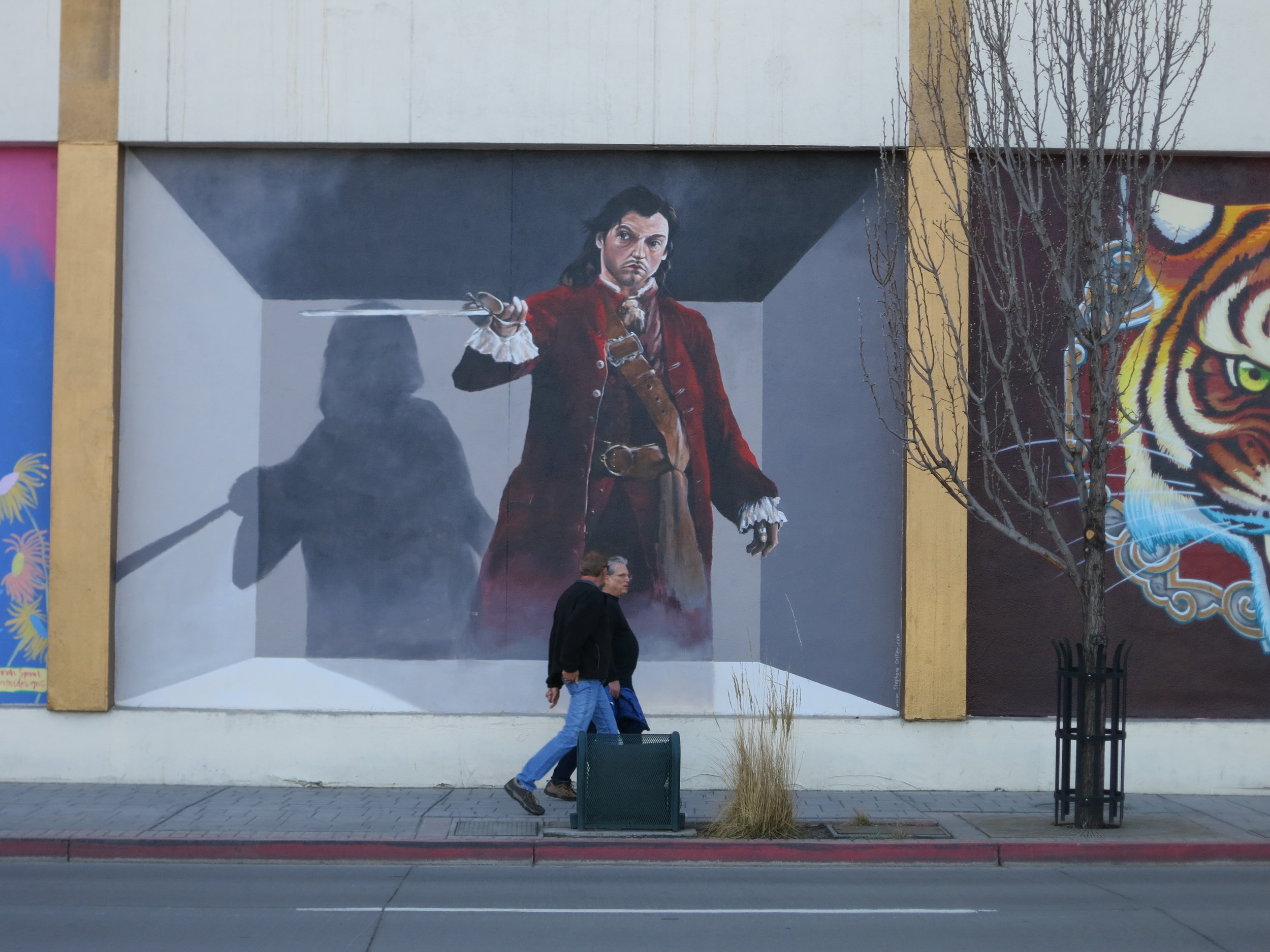Holding Tight for a Few Months
Nathan Cook runs Reno Pyrate Punx, the local chapter of a national organization that books punk rock shows and provides other support for the punk scene. Along with booking shows, the Reno chapter focuses heavily on community support. Nathan’s chapter of Pyrate Punx regularly holds benefit shows to support people struggling in the area, such as a benefit show they’ve had to temporarily postpone to cover the legal fees and funeral costs for Miciah Lee, a teenager who was shot and killed by Sparks Police in January 2020.
During coronavirus, without paid work in the fine dining industry anymore, hoping it will resume in June, he’s been practicing guitar, playing video games he forgot existed, and still preparing for an upcoming wedding.
He says he’s been heartened by the community’s solidarity. “I’ve seen people delivering food to people who might be immunocompromised, giving supplies to the homeless people en masse. I think that this is going to keep a lot of people invested in their community, a lot more than they had been because they have to be. I mean at this point there’s no other option.”
How do self-described anarchists, punks and pirates deal with all this government action? “I want to see communities stepping up doing what we’re supposed to do, not because the government is telling us to do so, but because we value expertise as opposed to authority,” he answered. Cook also says we are seeing “a lot of people that most people didn’t consider essential a few weeks ago are really the people carrying our society at this point.”
He’s worried though if the shutdown lasts more than a month or two, on what that will mean, and hoping the moratorium on evictions could be extended at that point, and that there also will be a suspension on rent payments until the economy reopens.
His group Reno Pyrate Punx is hoping events can resume soon, to build community in person. “We’ll get things back on track, when we’re able to hang out together without fear of contracting some sort of deadly virus,” Cook said.
A Q and A on Poverty, Inequalities and Homelessness
Before the coronavirus outbreak, Nathan sat down with Our Town Reno to also discuss growing poverty in the area, housing inequalities, and homelessness. Note: Parts of this interview were trimmed for conciseness and clarity.
Q: It seems like more people are getting left behind as Reno grows and evolves, why do you think that is?
I think that gentrification is a really big problem…For some reason when we have city hall meetings and things like that, where residents are able to voice their opinions, a lot of developers are in those meetings and it seems like they’re heard a little bit more because they have more money. So that worries me. Something needs to be done to fix that.
Q: What do you think is the city’s responsibility [to people affected by homelessness and lack of affordable housing]?
I don’t think that we can really rely on the city or the state to do much for us. I think it has to be more of a community effort because they’ve already shown us that they’re going to go wherever the money takes them. I think the best thing we can possibly do is damage control…I think people can go and try and fight city hall, but…I think it makes more sense to help people that you see who need help immediately rather than try to fight City Hall for months.
Here on Wells Avenue, Cook says the last decade has completely changed the surrounding area. “This neighborhood used to be pretty hood,” Cook says, “Now it’s not. Not by any means.” As developers continue to revamp areas of Midtown and downtown, it becomes harder for low-income residents to find a place to live. “I think maintaining affordable housing is one of the other important things, more than even building more [affordable housing],” he says. “We should be building more [affordable housing] absolutely, but I’m worried about seeing things being torn down.”
Q. Do you have any hope that there can be a major structural change [made by the city to help people experiencing homelessness and poverty]?
I hope so…I mean with this current administration it seems unlikely…I’d like to be hopeful but at the same time, realistically the way the city is going I don’t think it’s going to change anytime soon.
Q. Why is that?
[For] the people who are getting left behind…whatever their capital degree is that’s what their voice is worth. If they’re not going to help the city maintain the capital…[or] bring in new business then why would [city leadership] care? Why should they care? They absolutely should, but…from their perspective, why would they care?
Q. What do you think the city’s future is if Reno continues going down this path?
I see Reno going the way of San Francisco, some sort of dystopian future.
Q. If you could go to city council meetings, what would you say to city leadership?
Nothing they haven’t already heard. I’d like to go because I think that it takes enough people saying the same thing over and over to…make it stick. They have to have enough resistance for them to do the right thing really at this point; I feel like if they don’t people will just do what they want. People are dying, people are freezing, they don’t have clean water…and you’re not doing anything about it, and you should. We should do our best to maintain affordable housing…Like [weekly motels] for instance. Those weekly [motels] on Fourth Street they’re trying to take down are some of the only affordable places for some people to live at this point. And to be fair there are drugs or prostitution or things like that, but that’s the last line for a lot of people. That’s the last place for a lot of them to live. And they’re tearing them down to build condos.
Without faith in city leadership to push for change, Cook and the Reno Pyrate Punx focus on helping those around them however they can with events like these. This event has gone to GoFundMe for now, and might happen after the shutdown ends. “For the most part with our benefits, we try to do things to help the homeless [and the rest of the community]” Cook says. “I do think the most marginalized people and the most easily victimized people in our community don’t have much of a voice and we want to make sure they do, or at least do something for them...I want to help.”
![“I live in Midtown...When I first moved into my house [rent] was $625 a month, it’s now a thousand...and my house is one of the cheapest on the block right now...I think [city leadership] knows [about the severity of rising housing costs] but there’…](https://images.squarespace-cdn.com/content/v1/5675d221cbced60a236e28b8/1583554805820-EHF8QFV4AE4LMUHZJTHD/Photo+1.jpg)

















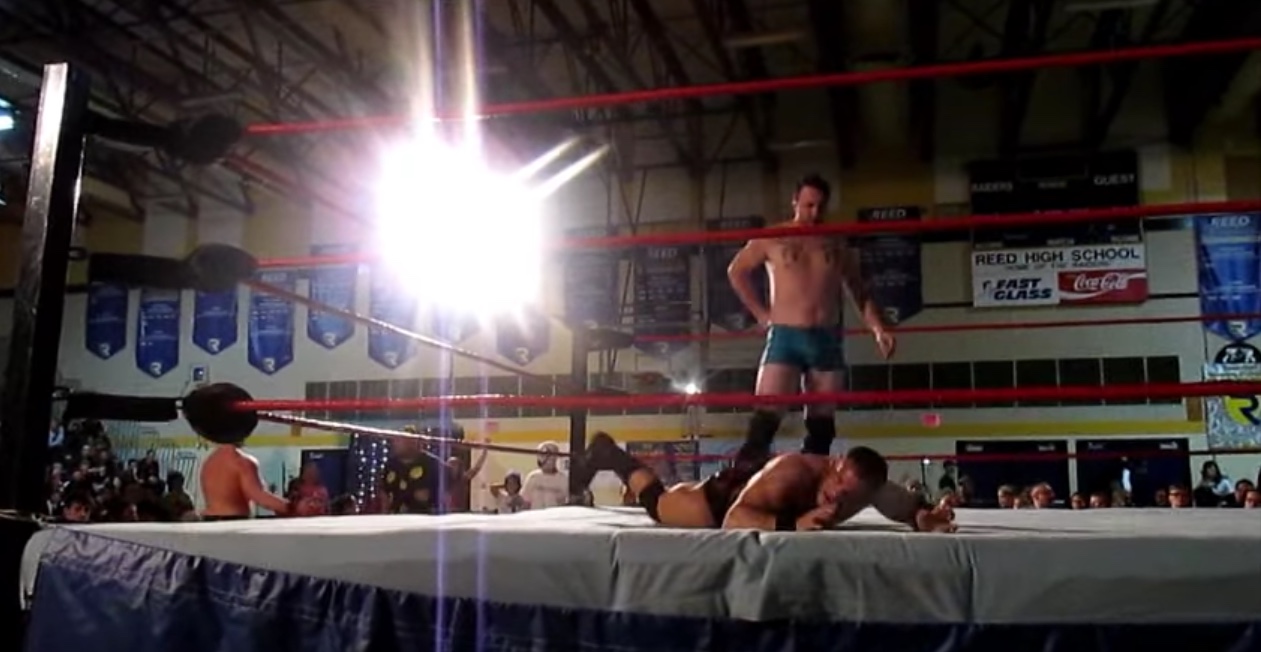



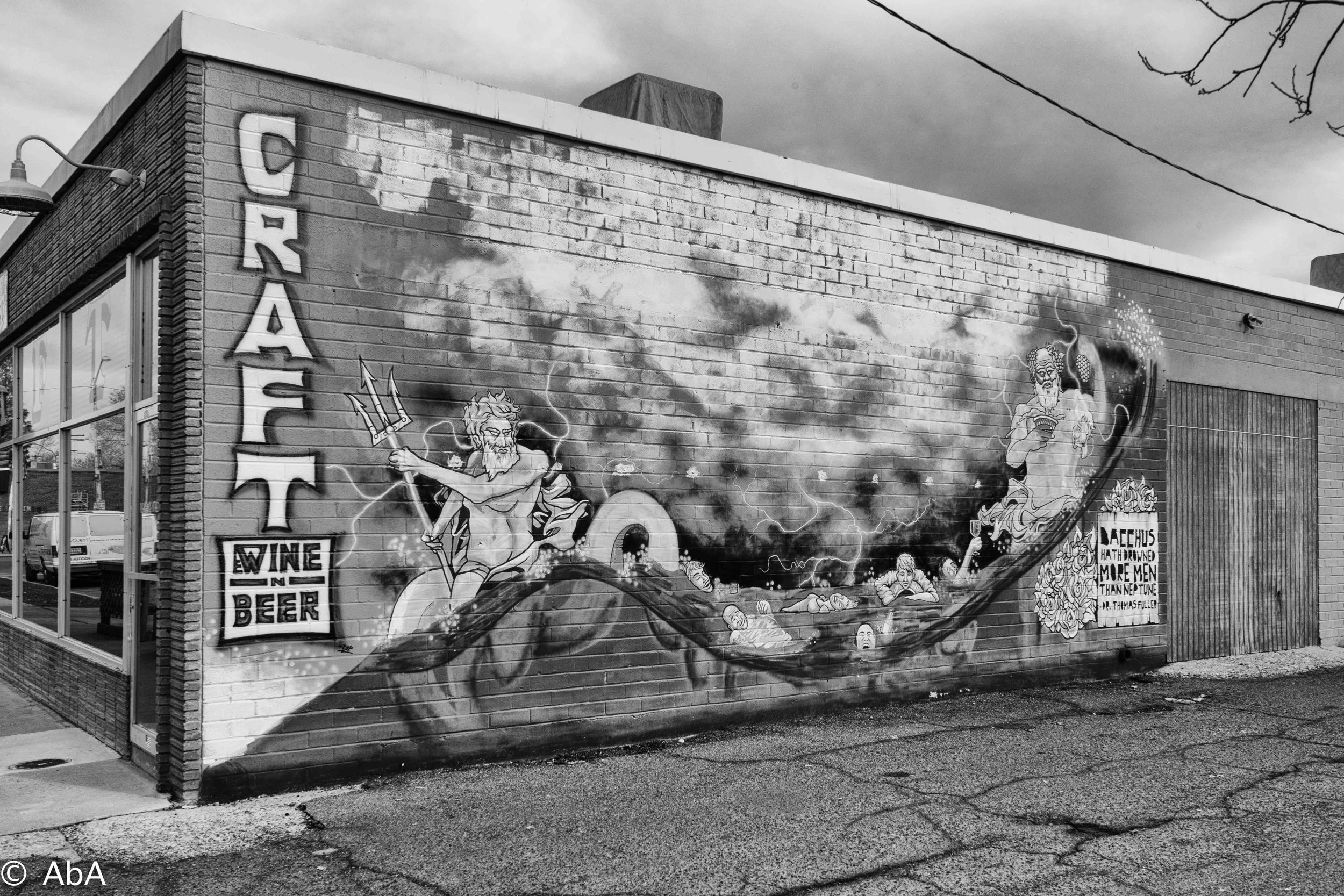








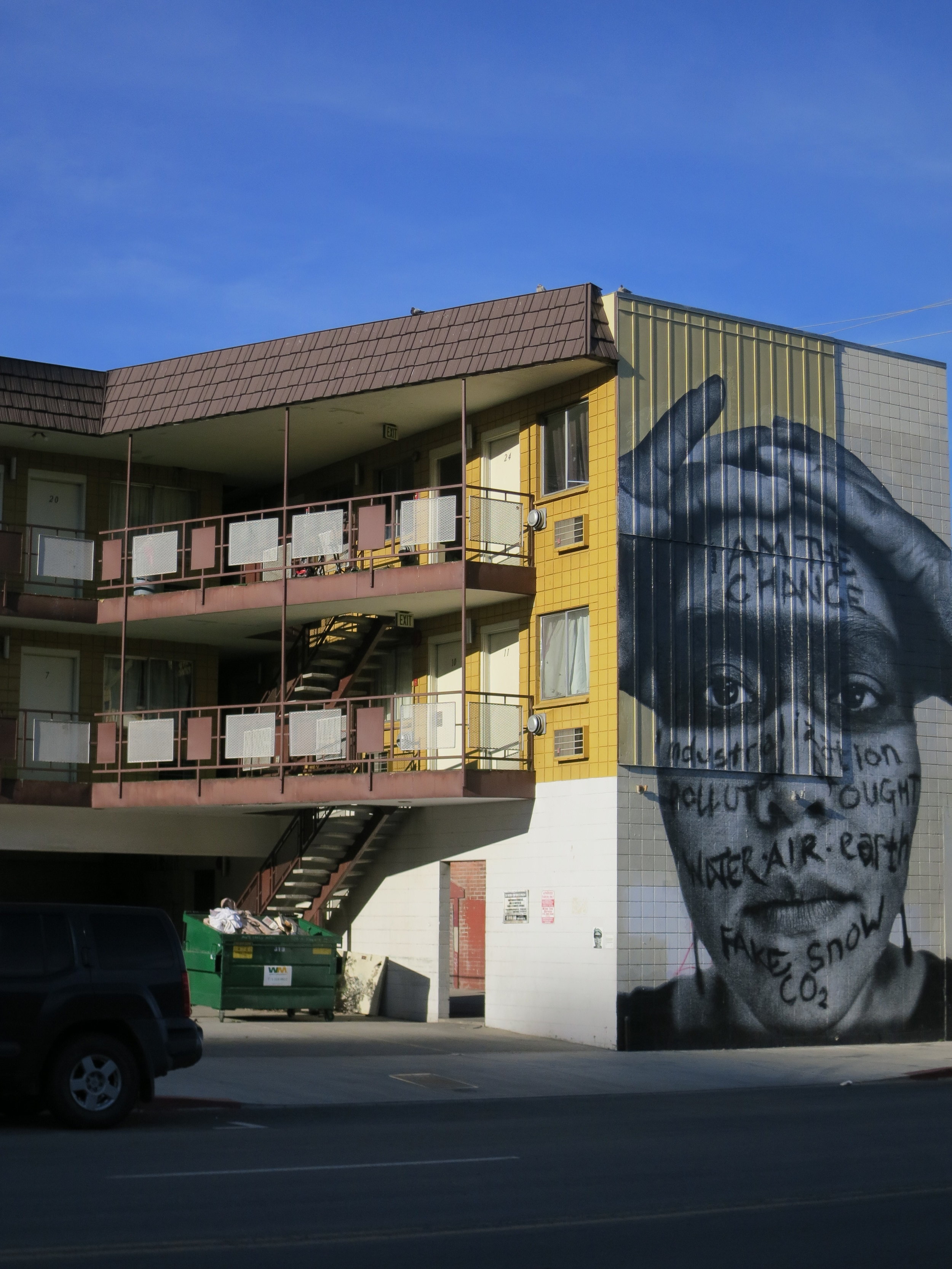




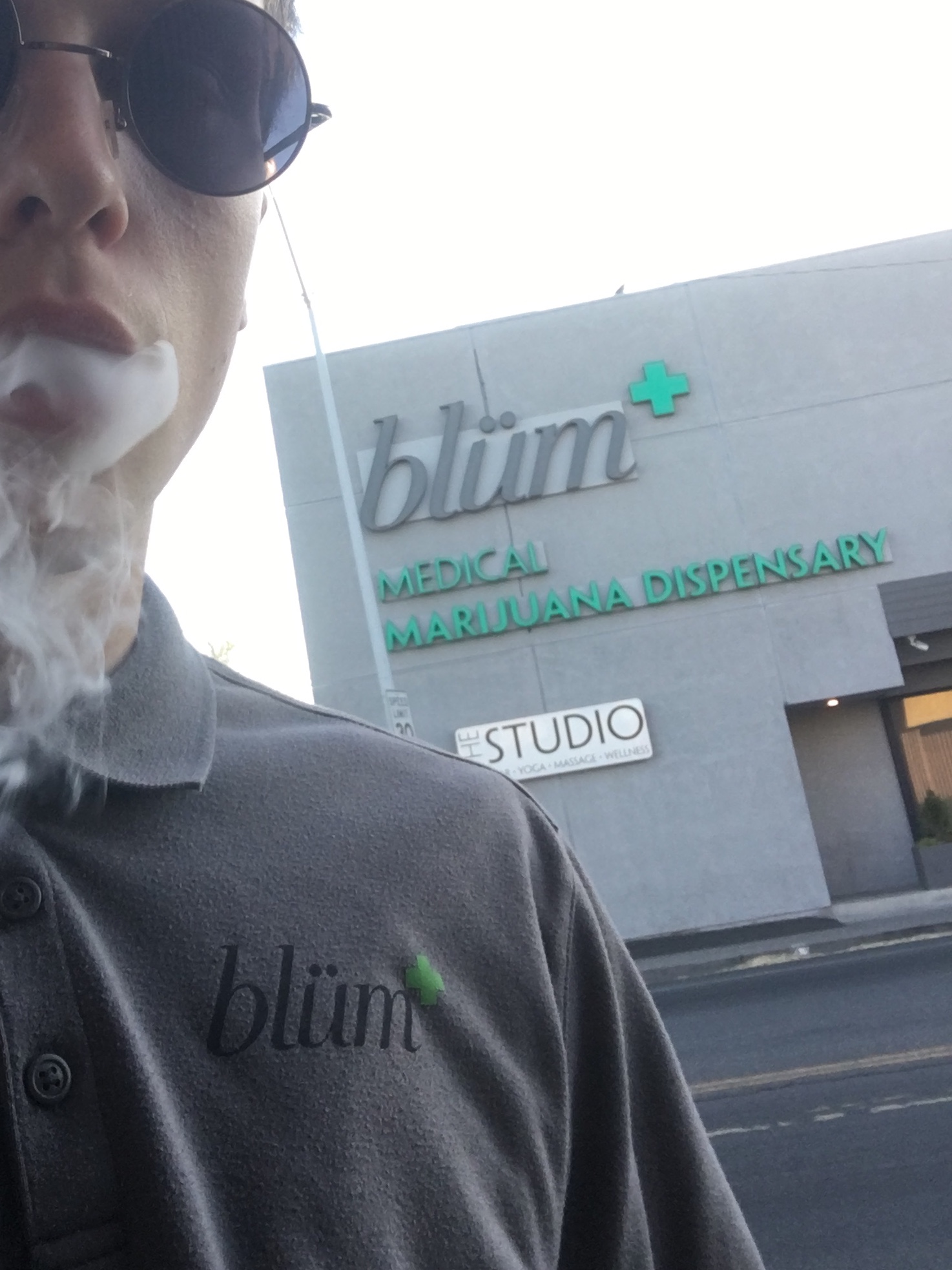









!["The city does like signal boxes, that’s their like main thing right now," Chisholm said. "They’ll be doing [about] 30 signal boxes, coming up in the springtime. They’re the little boxes on the corners as you are driving around, the people get in th…](https://images.squarespace-cdn.com/content/v1/5675d221cbced60a236e28b8/1523054395393-7Q8GUVW3L5E83K4XY3YG/IMG_0752.JPG)

